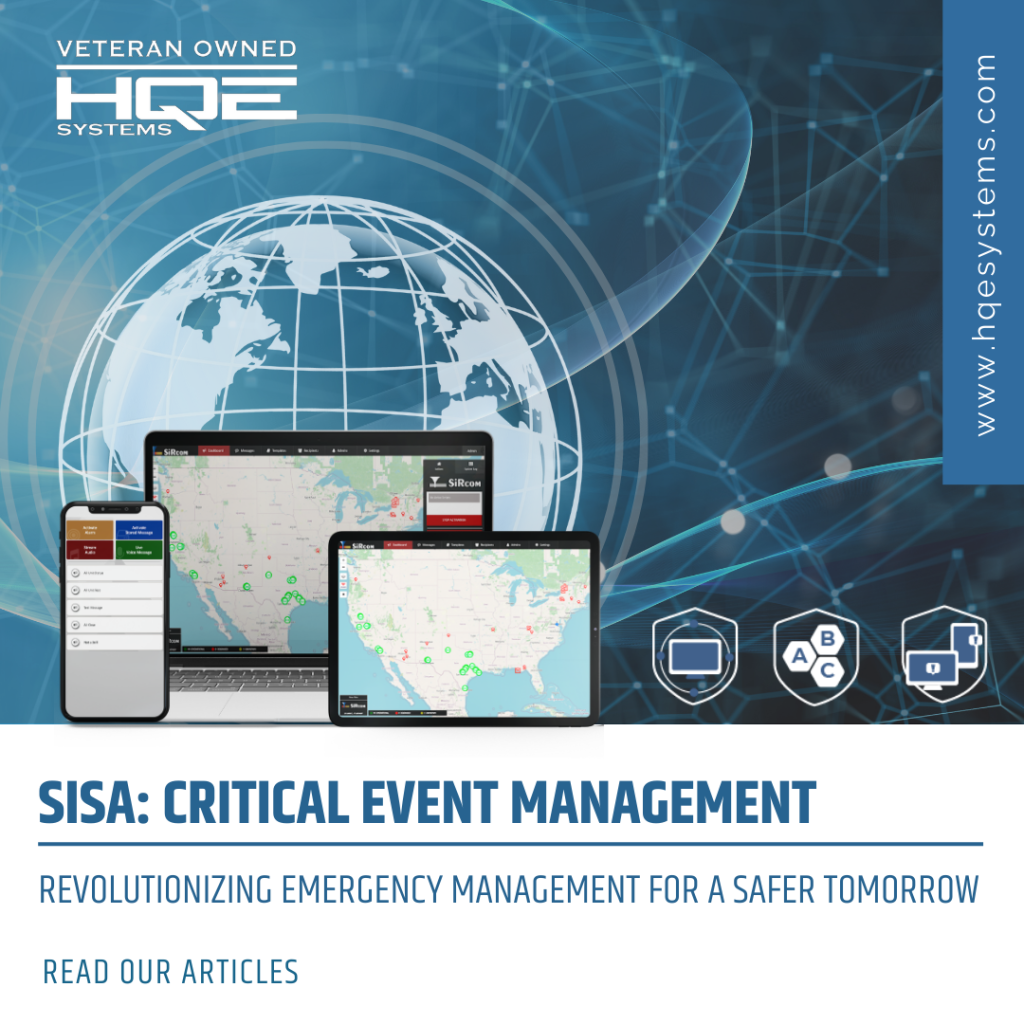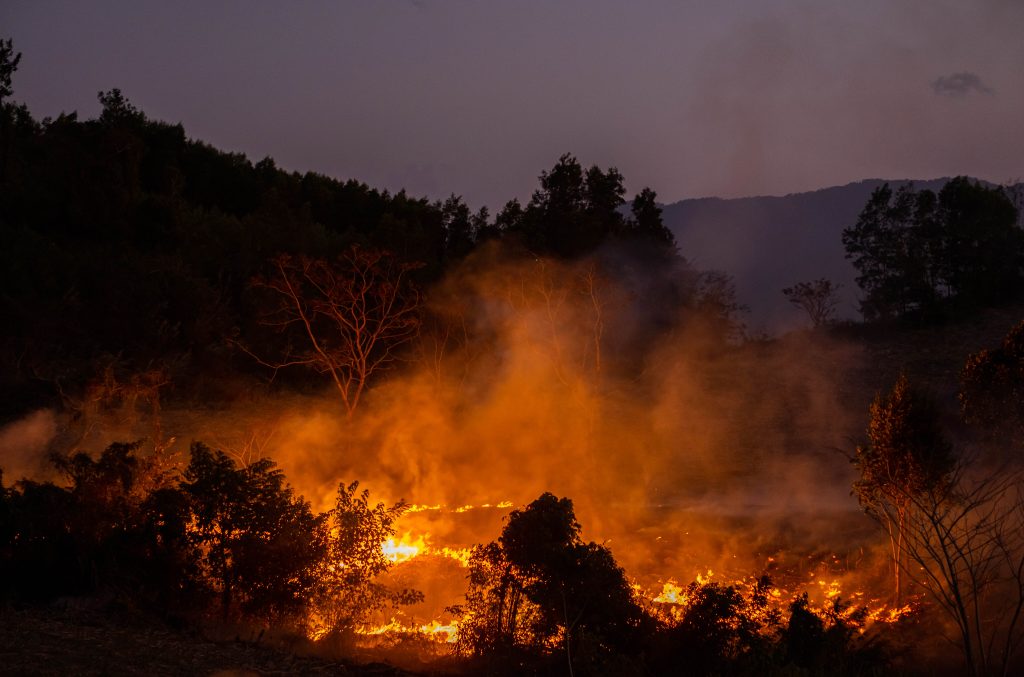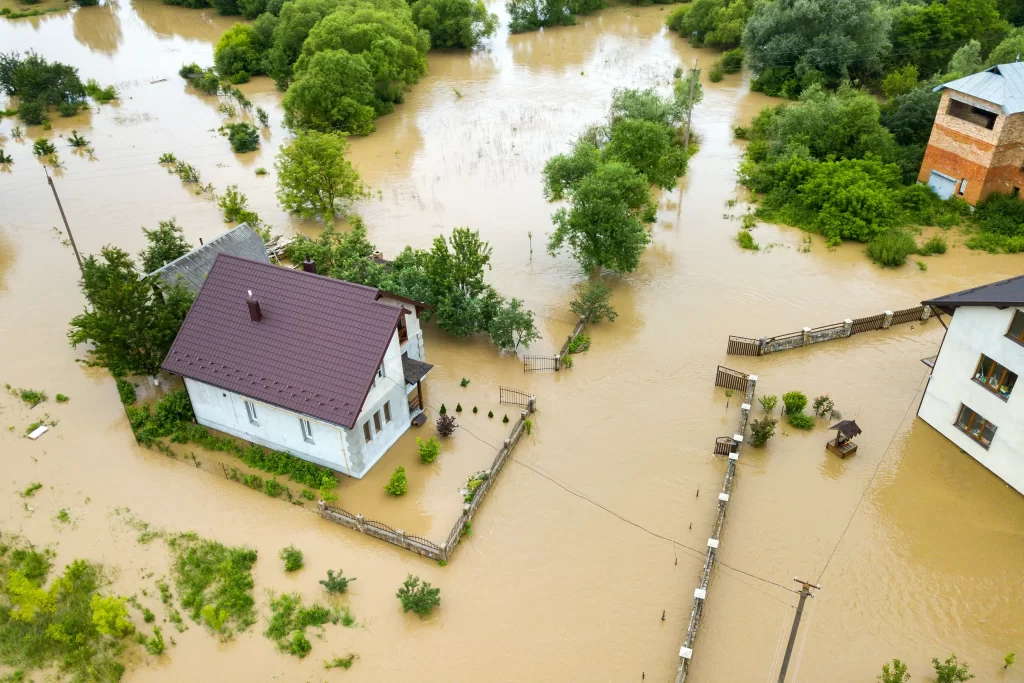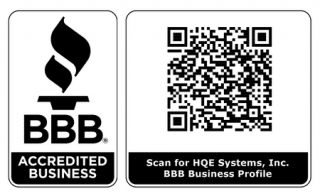The Polycrisis Puzzle: Unlocking a Resilient Future with Cutting-Edge Life-Saving Tech

The Polycrisis Puzzle: Unlocking A Resilient Future With Cutting-Edge Life-Saving Tech Polycrisis Unfolded: Understanding Our Interconnected Challenges In today’s rapidly evolving world, we’re witnessing an unprecedented convergence of crises that challenge the very fabric of our global society. From the relentless march of climate change to the unpredictability of pandemics and the dizzying pace of […]
Failing to Prepare is Preparing to Fail: Mastering Evacuation with HQE’s Innovations

Navigating the Maze: Overcoming Evacuation Challenges in Emergencies Understanding Emergency Evacuation Challenges In the face of emergencies, unpredictability is the only certainty. Whether it’s the sudden onset of a natural disaster, an unforeseen technological mishap, or a security threat emerging from the shadows, the difference between chaos and order, despair and hope, often lies in […]
Out with the Old, In with the New: Revolutionizing Safety with Unified Solutions

Bridging the Gap: The Urgent Shift to Integrated Safety Solutions In an era where the pace of technological advancement accelerates by the day, many sectors find themselves anchored to the past through their reliance on outdated safety systems. Envision the chaos in a chemical plant when a sensor, decades old and long past its prime, […]
Maximizing Campus Safety: A Comprehensive Guide to EMNS Compliance and the Value of Unified Electronic, Indoor, and Outdoor Solutions

Maximizing Campus Safety: A Comprehensive Guide To EMNS Compliance And The Value Of Unified Electronic, Indoor, And Outdoor Solutions Introduction: Navigating the Complex Landscape of Campus Safety Picture this: it’s a tranquil morning on a bustling university campus. The sun is just beginning to peek over the horizon, casting a warm glow on the manicured […]
SiSA: Critical Event Management Software

SiSA: Critical Event Management Software Charting the New Frontier in Emergency Management: The SiSA and HQE Systems Revolution In a world where the unexpected has become the norm, the field of emergency management is on the frontline, facing an increasingly volatile tapestry of challenges. From the wrath of nature’s mightiest storms to the silent threats […]
Flames on the Move: Texas Panhandle Wildfires Consume 850,000 Acres

Flames On The Move: Texas Panhandle Wildfires Consume 850,000 Embers in the Wind: The Unyielding Grip of Wildfires on the Texas Panhandle As the sun set over the Texas Panhandle, an ominous glow painted the horizon, not with the hues of a tranquil sunset, but with the raging inferno of wildfires. Spanning an astonishing […]
The New Era of Education Safety: Integrating AI and ML for Secure Learning Environments

The New Era of Educational Safety: Integrating AI and ML for Secure Learning Environments Introduction: In today’s rapidly evolving world, the safety of our educational institutions has emerged as a paramount concern, challenging the foundational promise of these spaces as safe havens for learning and growth. As threats to the security of schools and universities […]
Lights Out, Waters High: California Faces the Fury of Atmospheric Rivers

Lights Out, Waters High: California Faces the Fury of Atmospheric Rivers In the Heart of the Tempest: California’s Unyielding Battle Against Nature’s Wrath: In the embrace of its breathtaking landscapes, California stands as a monument to nature’s paradoxical beauty and ferocity. From the serene Pacific Coast to the majestic Sierra Nevada, the state’s diverse […]
A Ray of Hope in Dark Times: The Innovative Fight Against Gun Violence

A Ray of Hope in Dark Times: The Innovative Fight Against Gun Violence. In the quiet of dawn, a new year whispered promises of fresh starts and hopeful beginnings. Yet, as January 2024 unfolded, a chilling and all-too-familiar narrative began to eclipse these hopeful aspirations. Across the United States, a series of mass shootings […]
2023’s Deadliest Natural Disasters: A Year of Unprecedented Tragedy and the Power of Prevention.

2023’s Deadliest Natural Disasters: A Year of Unprecedented Tragedy and the Power of Prevention. Introduction: In the annals of history, the year 2023 will forever be etched with anguish and resilience. It was a year when the very Earth seemed to roar in anger, unleashing a relentless series of natural disasters that left scars […]

